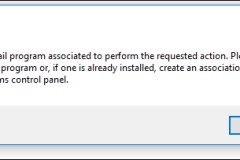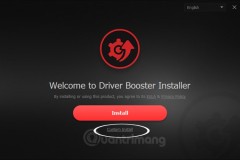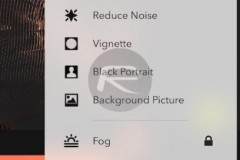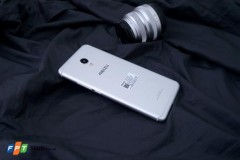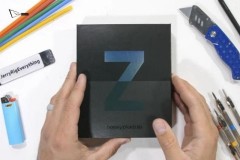MILAN, Sept. 05, 2025 (GLOBE NEWSWIRE) -- AAVantgarde Bio (AAVantgarde), a clinical-stage biotechnology company developing next-generation gene therapies for inherited retinal diseases, today announced the presentation of updated clinical data from the LUCE-1 study at the 25th European Society of Retina Specialists (EURETINA) Annual Congress (EURetina 2025), taking place in Paris 4-7 September 2025.
Data presented by Prof. Simonelli included safety data for the first 11 participants treated (the 5 participants from the low dose cohort, 5 participants from the medium dose cohort and the first participant from the high dose cohort).
Safety and efficacy data for the first 4 participants receiving AAVB-081 includes follow up of ≥ 180 days, with the first participant out to 1 year. There have been no drug-related serious adverse events or dose-limiting toxicities to date. Ocular inflammation has been infrequent, and reversible with steroid treatment. The four participants with ≥ 180 days of follow-up achieved > 1 line improvement in BCVA and the first two participants demonstrate > 3 lines improvement in LLVA. Microperimetry fixation stability also improved in 3 out of the 4 participants.
Prof. Francesca Simonelli, Head of the Ophthalmology Unit at the University Hospital of Campania “Luigi Vanvitelli” (Naples) and Principal Investigator of the LUCE-1 clinical trial, commented on the study's progress: “The data we presented at EURetina 2025 are very encouraging, showing that treatment with AAVB-081 has been well tolerated and is beginning to demonstrate signals of clinical benefit. For patients living with Usher syndrome type 1B, who currently face inevitable vision loss without any therapeutic options, these findings represent an important step forward. We are optimistic that continued follow-up will further confirm the potential of this gene therapy to make a meaningful difference in patients’ lives.”
Dr. Natalia Misciattelli, CEO of AAVantgarde, commented: “We are thrilled to share these encouraging clinical results from the LUCE-1 study at EURetina 2025. The positive safety and efficacy data further validate the potential of our dual AAV vector platform and addresses the high unmet need in Usher syndrome type 1B. These findings reinforce our commitment to advancing innovative gene therapies that have the potential to transform the lives of patients and their families who currently have no treatment options.”
About AAVantgarde
AAVantgarde Bio is a clinical stage, biotechnology company advancing best-in-class therapies for patients with inherited retinal diseases. The company’s lead programs target Stargardt disease and retinitis pigmentosa due to Usher syndrome type 1B, two severe, inherited retinal diseases with no approved treatments. AAVB-039 and AAVB-081 are investigational, dual AAV gene therapies designed to address the root genetic causes of these diseases. With a strong foundation in translational science and a commitment to clinical excellence, AAVantgarde is working to bring transformative therapies to patients. For more information, please visit: www.aavantgarde.com
About the LUCE-1 Trial (NCT06591793)
LUCE-1 is a Phase 1/2 multicenter, open-label, dose escalation study investigating safety, tolerability and preliminary efficacy of 3 dose levels of dual AAV8.MYO7A (AAVB-081) administered subretinally in participants with retinitis pigmentosa associated with Usher Syndrome Type 1B. You can find further information on the LUCE-1 study in the link below: LUCE-1 clinical study
About Usher syndrome type 1B
Usher syndrome type 1B (Usher1B) is an inherited disease that affects the retina and the inner ear. Usher1B is caused by mutations in the MYO7A gene. The therapeutic gene to treat Usher1B is 6.7 kb long and is therefore too large to fit inside a standard AAV vector. Approximately 20,000 patients in the U.S. and E.U. have Usher1B. These children are born deaf, have vestibular dysfunction, and begin to progressively lose vision in their first decade of life. Although there are surgical treatments available to treat deafness in these patients, there are no treatments available to treat progressive vision loss and blindness in these patients.
Contact:
Dr. Magda Blanco – Head of Corporate Development
Email: info@aavantgarde.com







